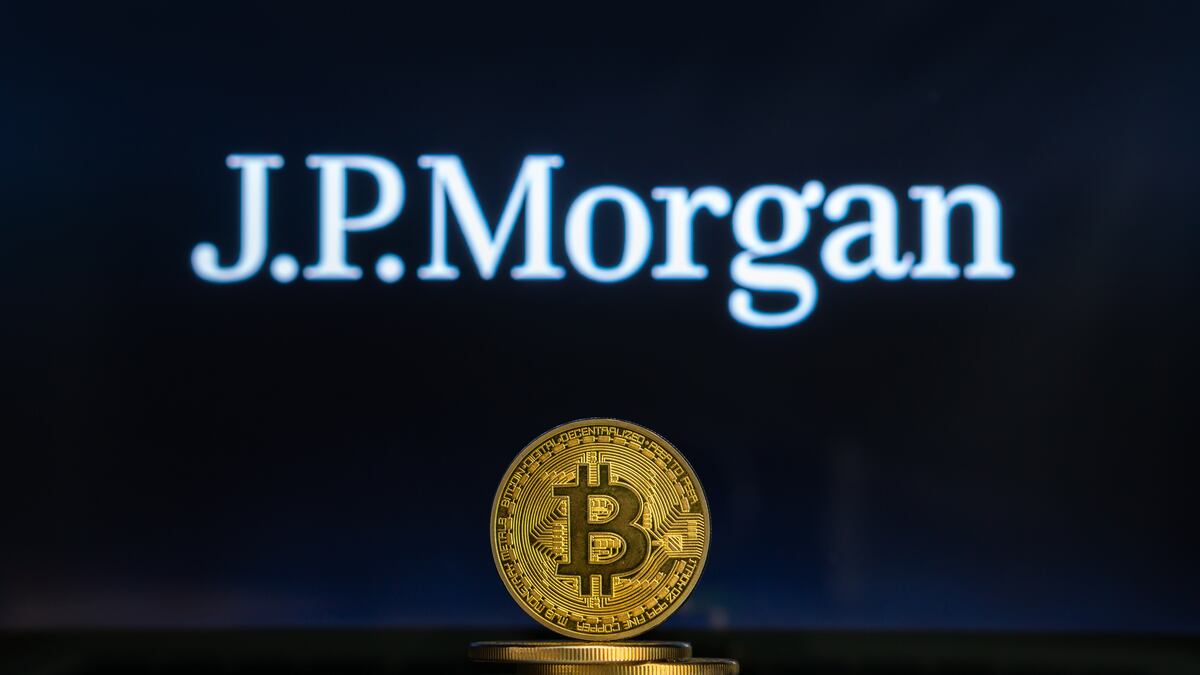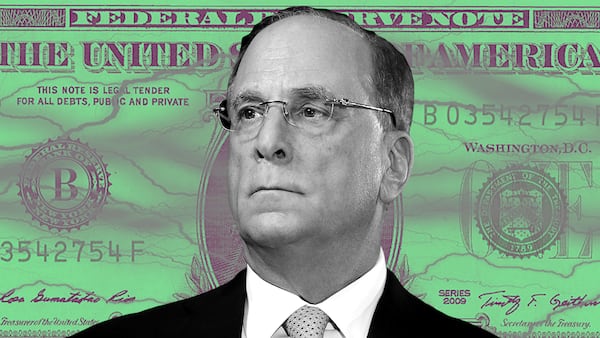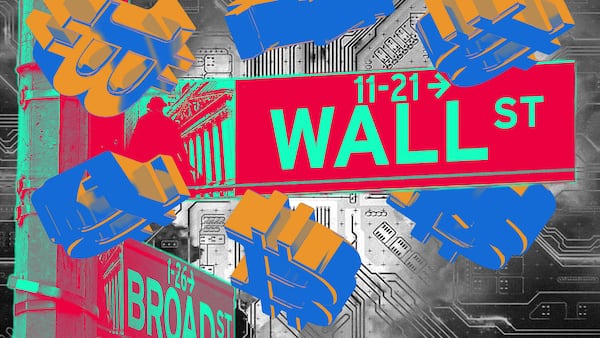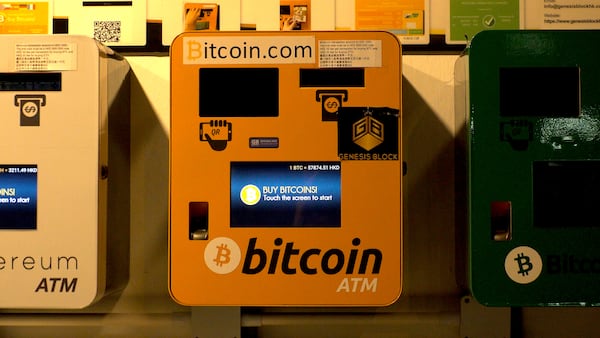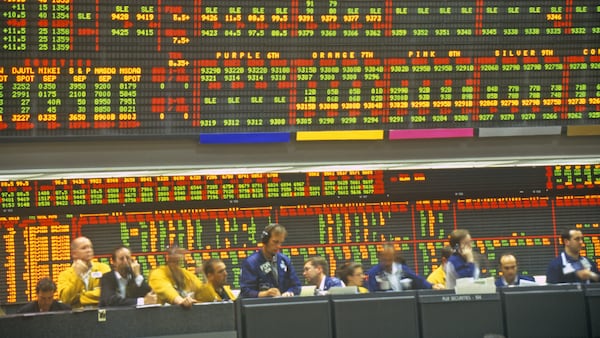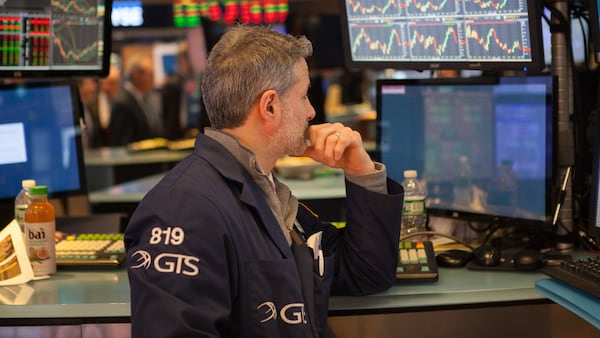- Bitcoin ETFs launched in the US on Thursday.
- Analysts from JPMorgan, Goldman Sachs, Standard Chartered, and Bernstein have differing views on what that means for Bitcoin.
After years of anticipation, spot Bitcoin exchange-traded funds launched on Thursday, finally making the 15-year old cryptocurrency widely available to US investors.
Analysts from Standard Chartered, Goldman Sachs, JPMorgan, and Bernstein shared conflicting views on what it means for Bitcoin and the rest of the crypto market moving forward.
Euphoria
“We expect 2024 to be a break-out inflection year for crypto,” analysts at research firm Bernstein wrote in a January 11 report, warning investors that “not being long crypto” would prove costly.
Bernstein said Bitcoin ETF flows could reach over $10 billion in 2024 and $80 billion in 2025, pushing Bitcoin price close to $150,000.
Bitcoin ETFs would eventually have $300 billion in assets under management within five years, the report added.
“Legitimacy of Bitcoin as an ETF is a huge signal to retail traders to start believing in the asset class again and would lead to resurgence in exchange trading volumes,” the report said.
It argued that crypto exchanges will not be threatened by the newly launched ETFs because they cater to different kinds of market participants.
The Bitcoin ETF era has sparked a fee war among issuers like BlackRock and Fidelity, which some believe could leave exchanges unable to compete with these financial giants’ deep pockets.
However, Coinbase told DL News earlier this week that the exchange believed ETFs will be good for the company and the market in general.
“Investors are also under-estimating the new institutional accounts growth that follow significant events such as ETF approval,” said Bernstein. “The market expansion effect of the ETF event is not appreciated.”
Bernstein was particularly effusive about Bitcoin mining companies, saying they’ll get more revenue thanks to Bitcoin’s predicted rise in price.
“Not all equity funds have mandates for Bitcoin exposure, or are strategically long the asset class,” said the report.
Analysts at Standard Chartered were equally bullish, predicting that Bitcoin could close 2024 at the $100,000 mark and reach $200,000 by December 2025.
“We expect Bitcoin ETF inflows in a rough range of $50 billion to $100 billion in 2024,” the report said, basing their numbers off of the launch of gold spot ETFs in 2004.
A more cautious note
JPMorgan and Goldman Sachs struck a more cautious note.
A group of JPMorgan analysts, led by Nikolaos Panigirtzoglou, said they were sceptical of the belief that the approval will bring a lot of fresh capital to the market.
“The amount of fresh capital entering the crypto space will likely be more of a function of regulations and in particular a function of how much room regulators will allow for the crypto ecosystem to encroach into the traditional financial system over time,” the report said.
That being said, Bitcoin ETFs could still see up to $36 billion in inflows due to a rotation from existing crypto vehicles, the report said.
JPMorgan argued that between $3 billion and $13 billion could exit Grayscale’s Bitcoin Trust — now an ETF with 1.5% fees — to cheaper ETFs like BlackRock’s, which only covers 0.12% for the first $5 billion in assets and 0.25% thereafter.
Another $15 billion to $20 billion could come from retail investors shifting their Bitcoin holdings from centralised exchanges like Coinbase to ETFs, JPMorgan said.
And institutional investors could divert $3 billion from existing Bitcoin futures ETFs to the new spot ones.
Goldman Sachs was similarly weary of investor euphoria.
“Time to market and demand across institutional investors may not be immediate,” analysts said. “Any long-term sustainable demand for spot Bitcoin ETFs will be subject to product suitability and broader market adoption.”
Goldman Sachs also pointed out that while ETFs offer a number of advantages — low management fees, opportunities for arbitrage strategies, investor protection — they come with the disadvantage of only trading during market hours.
A big limitation considering the 24/7 availability of the native crypto market.
Online punters offered a similarly cautious tone, with bets on prediction markets Manifold and Polymarket putting low odds on the likelihood of Bitcoin beating its all-time high any time soon.
Tom Carreras is a markets correspondent at DL News. Got a tip about Bitcoin ETFs? Reach out at tcarreras@dlnews.com
